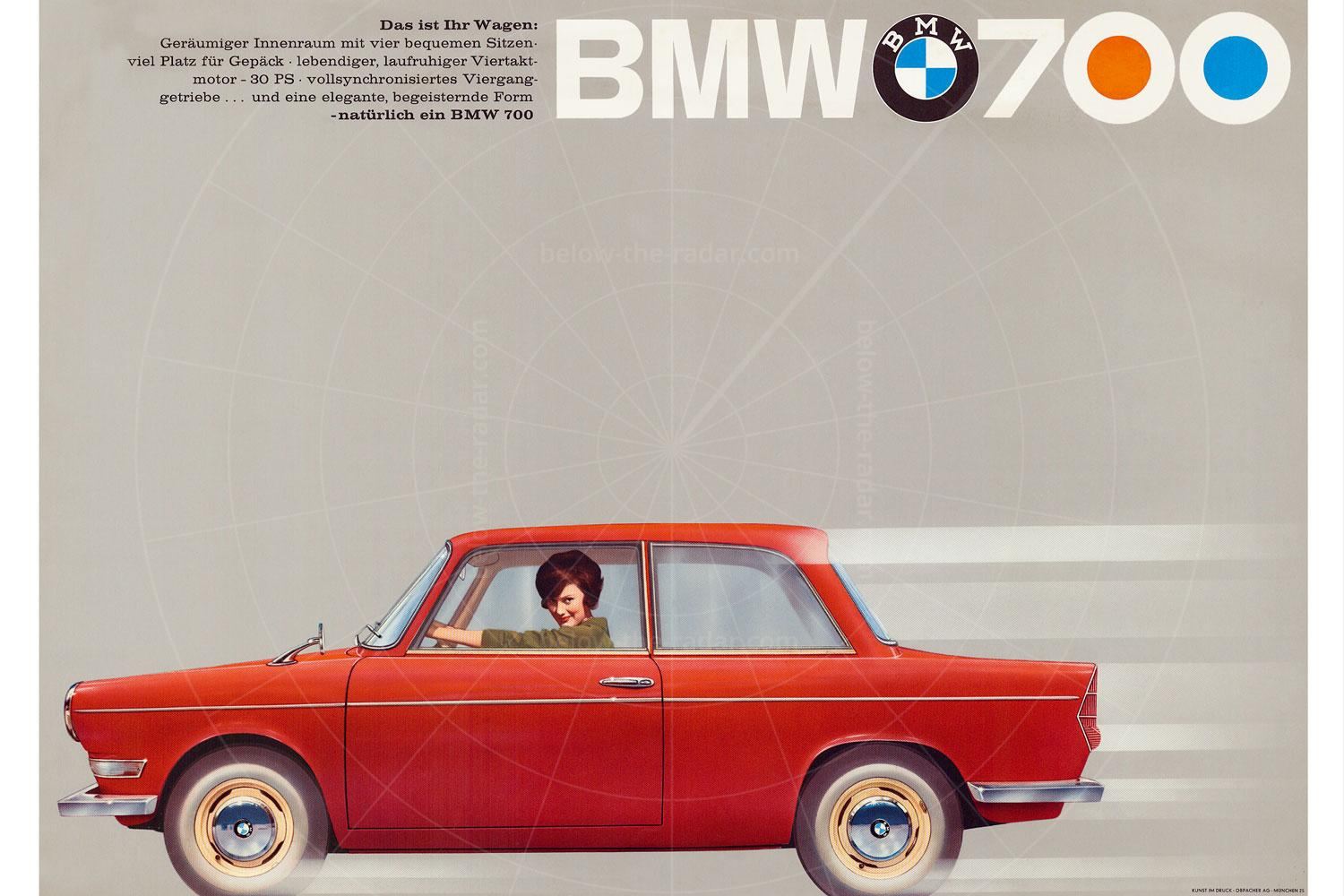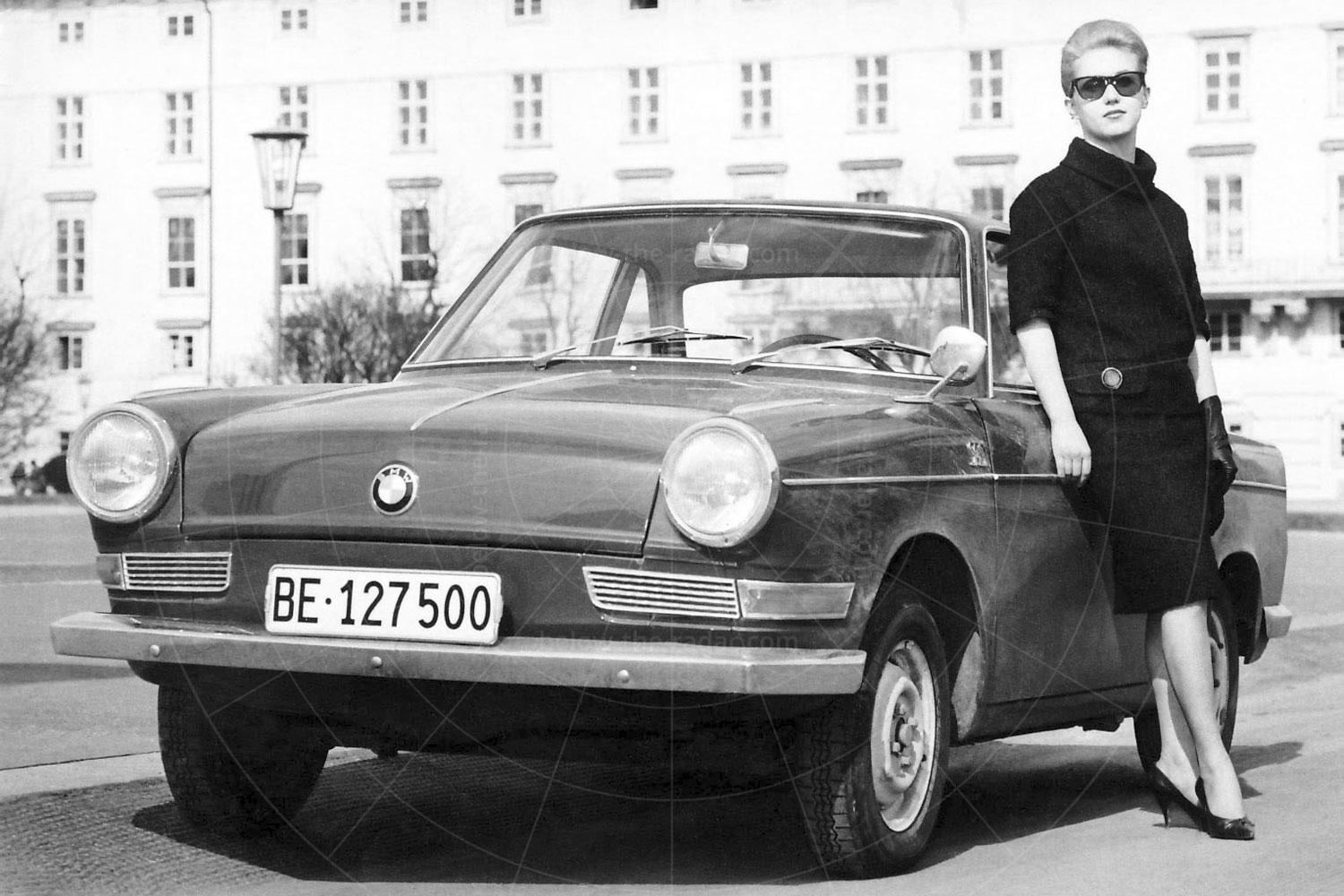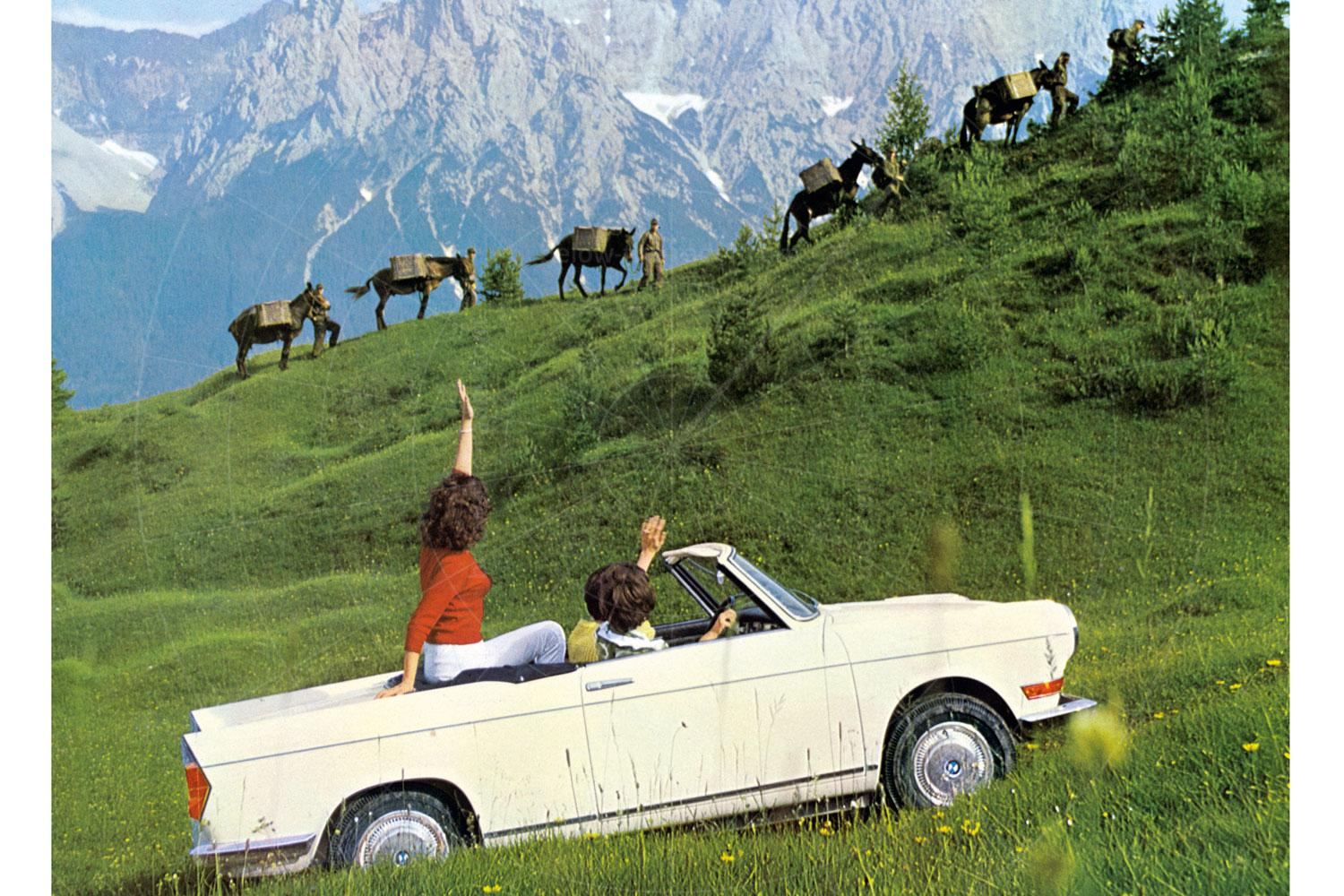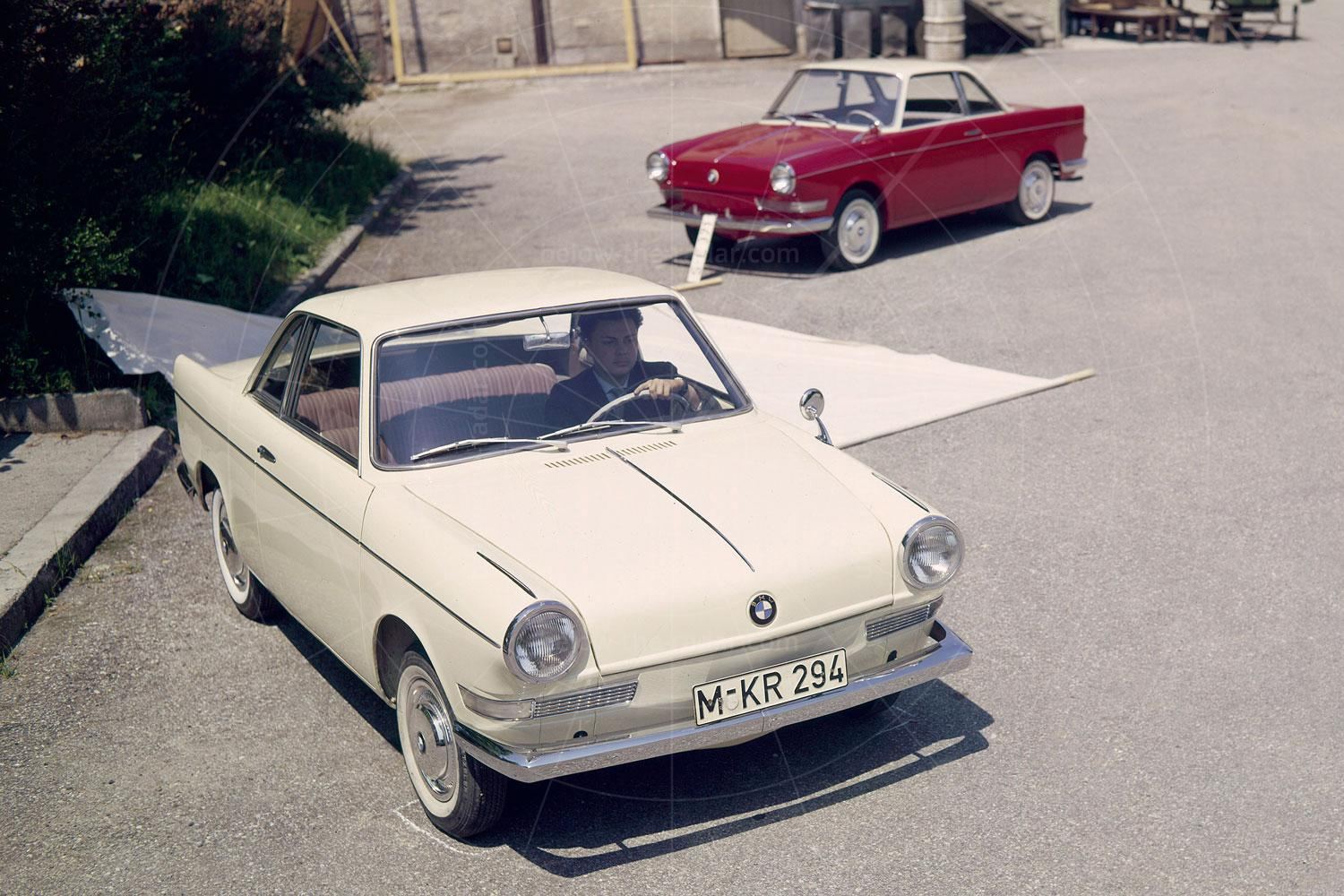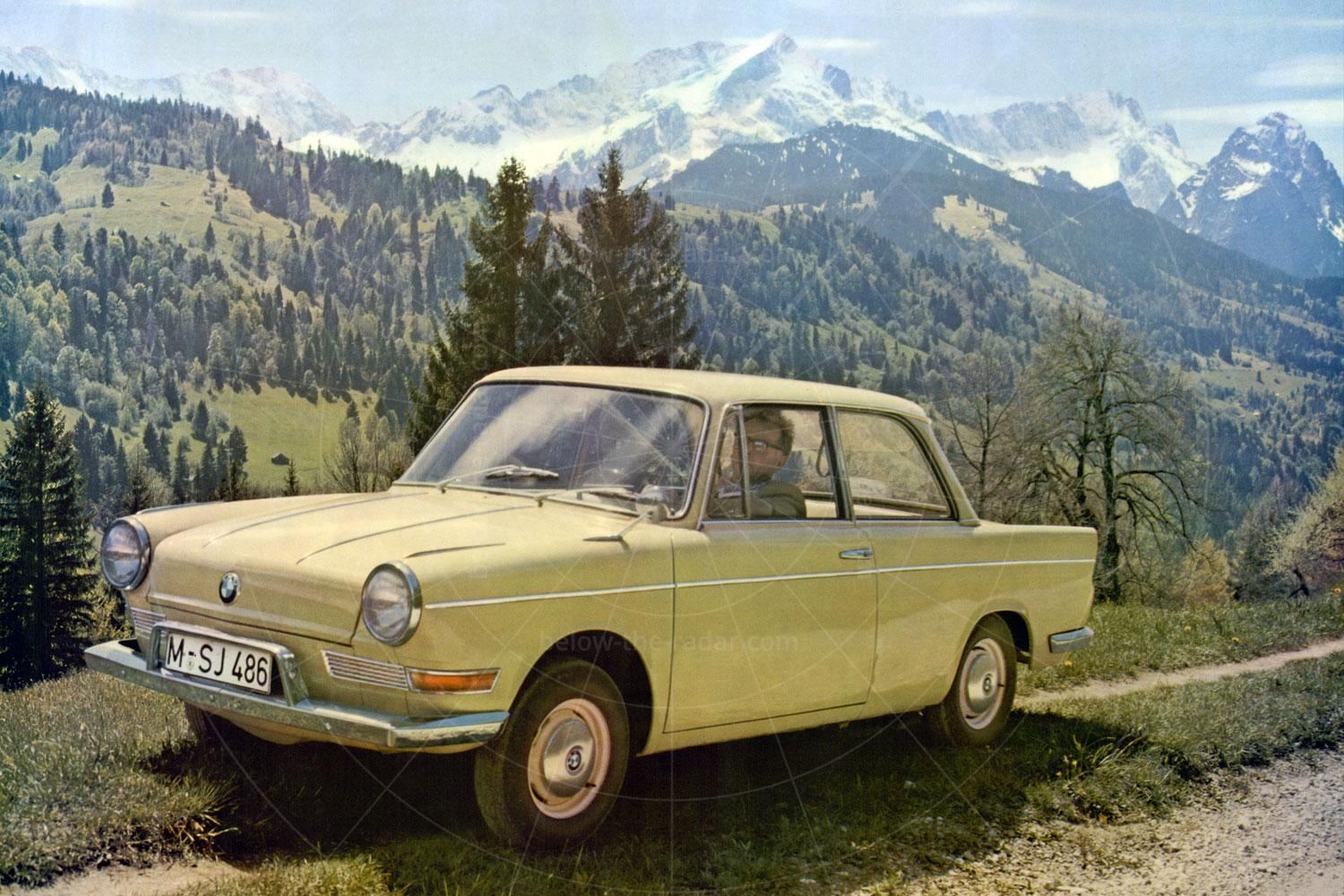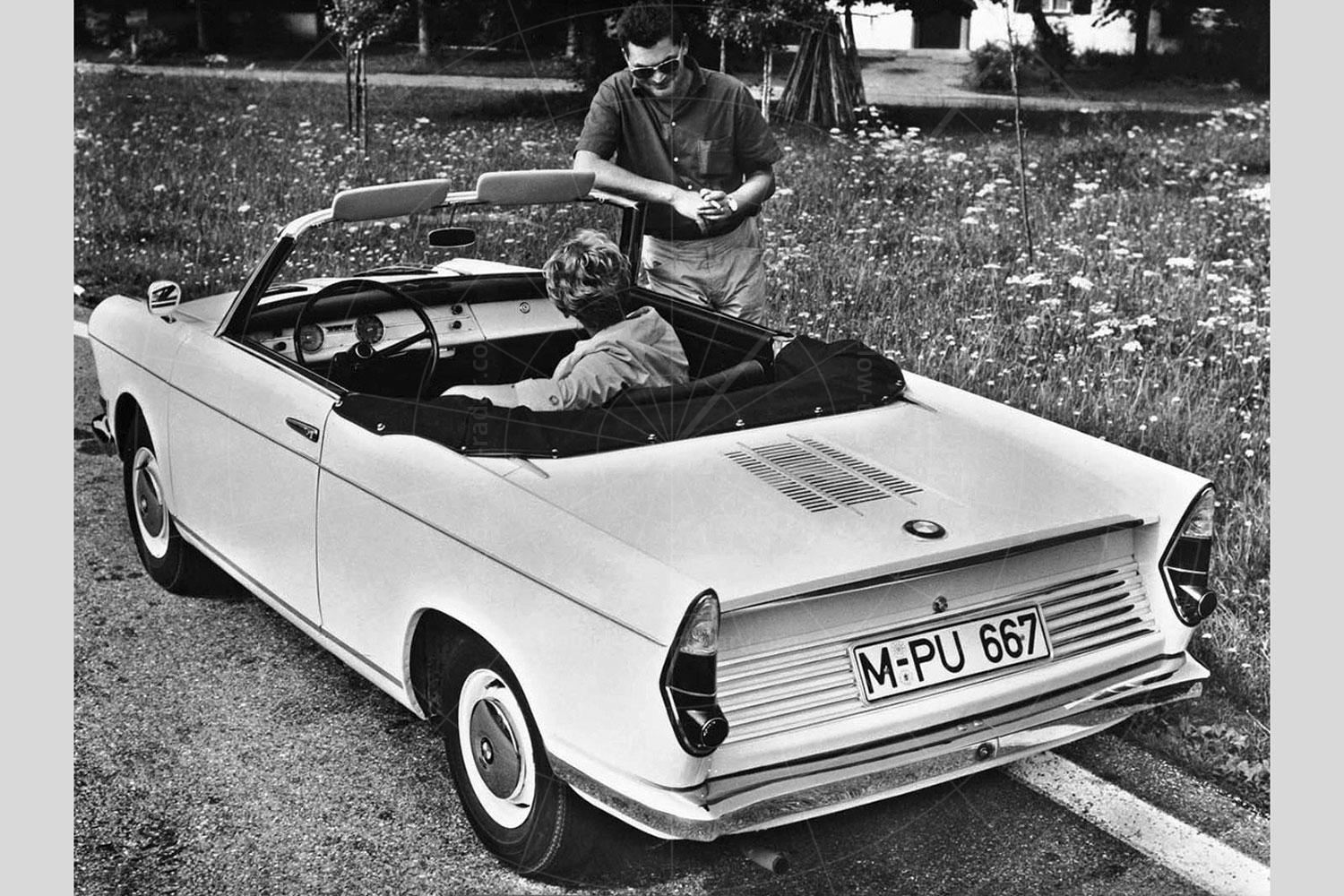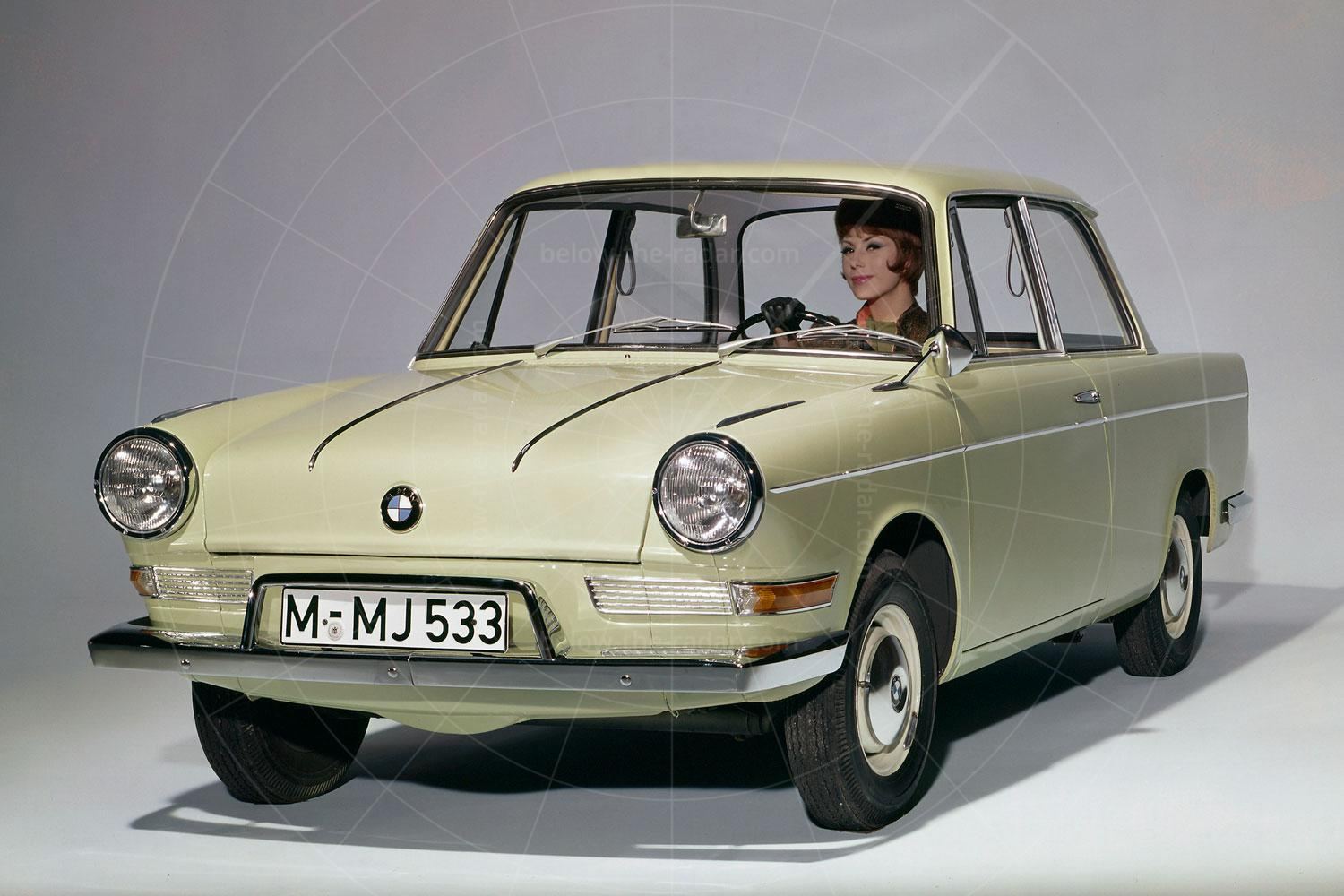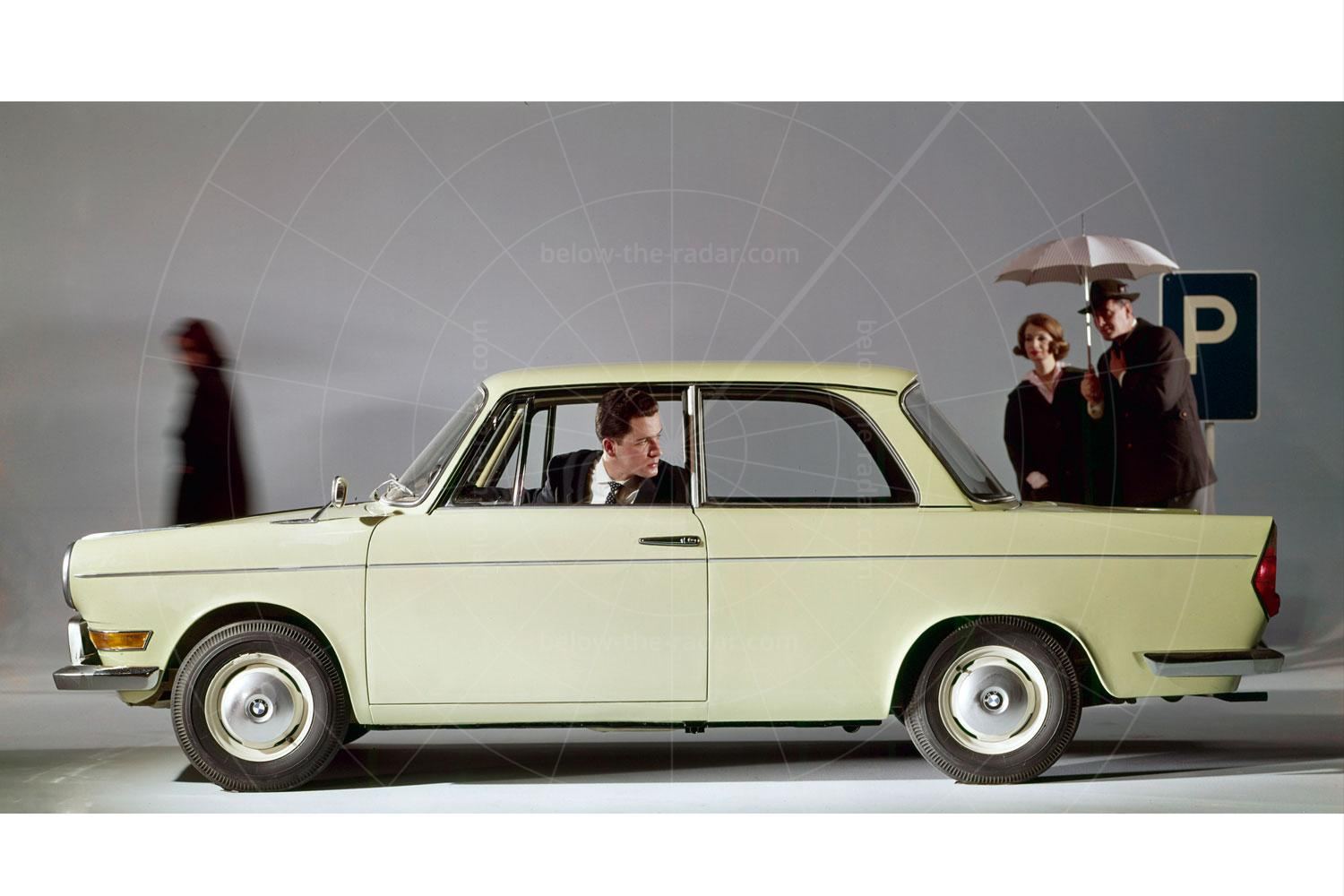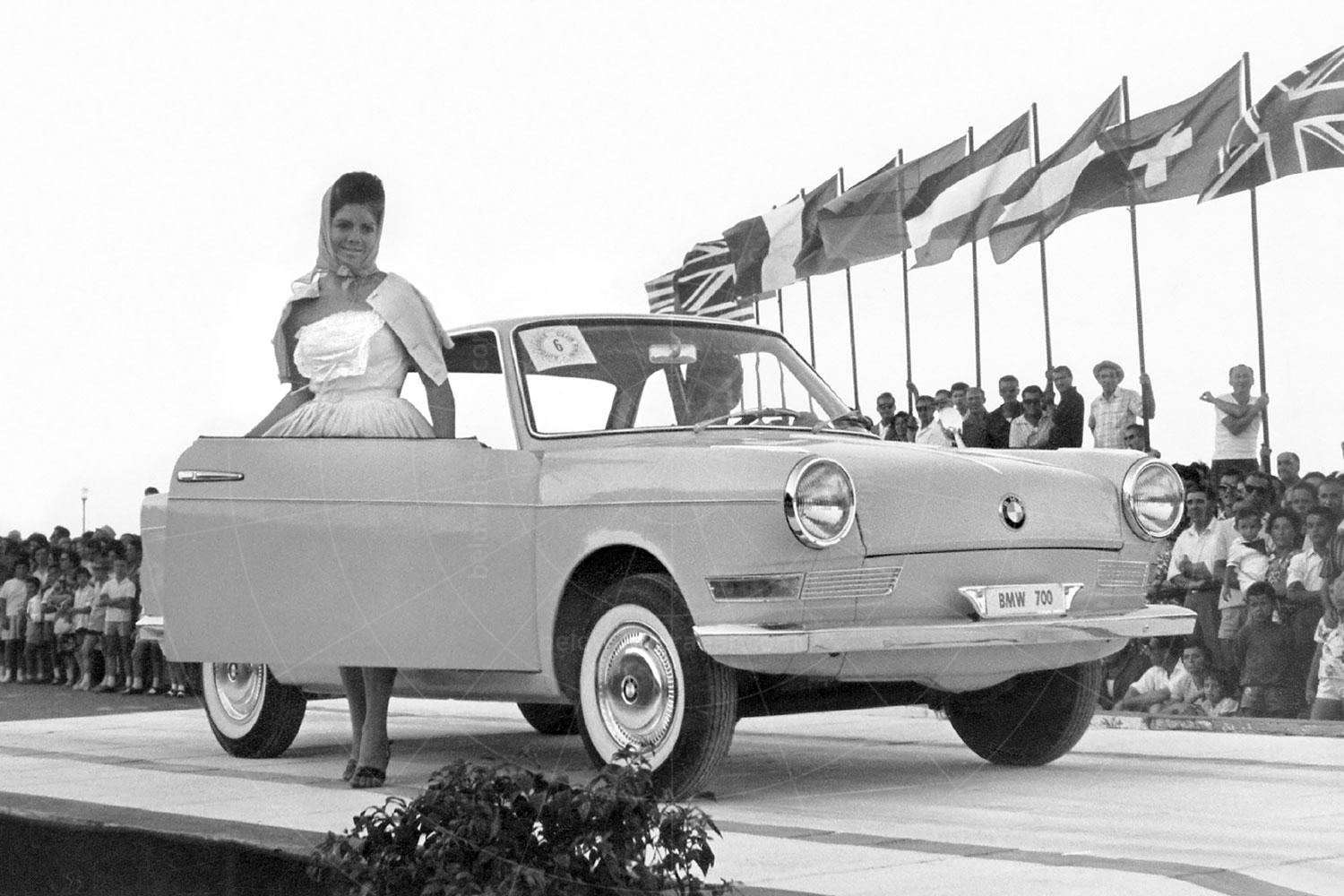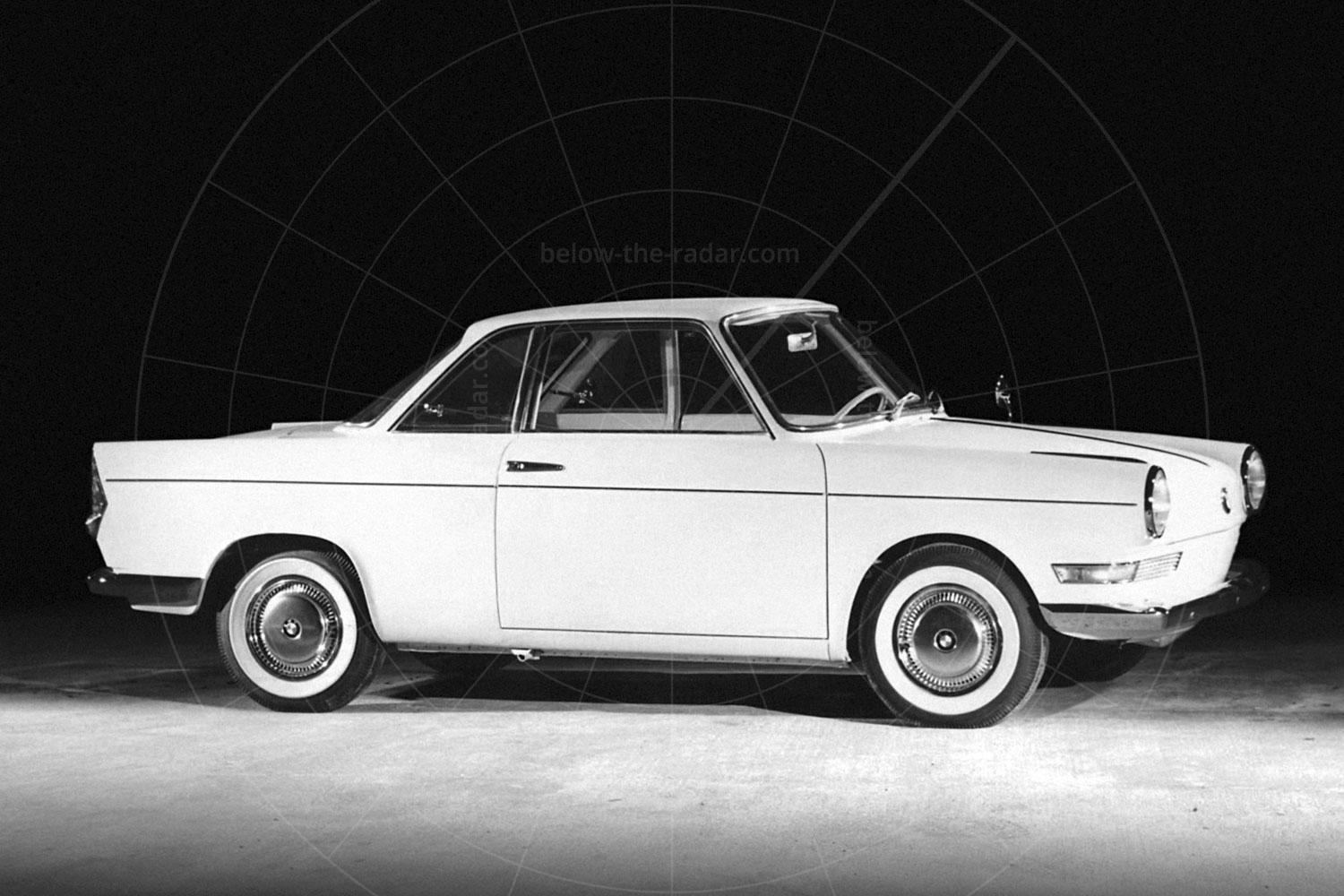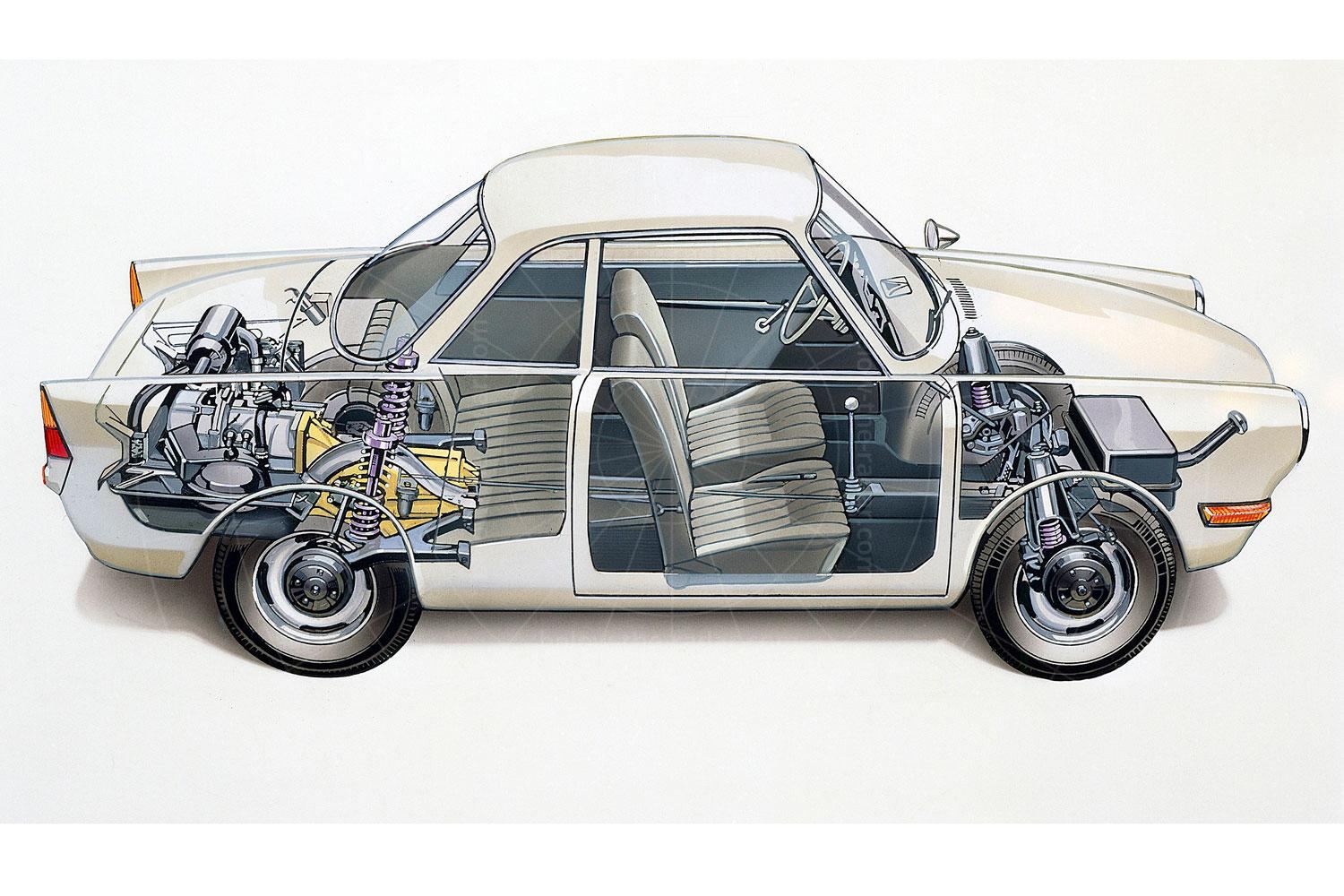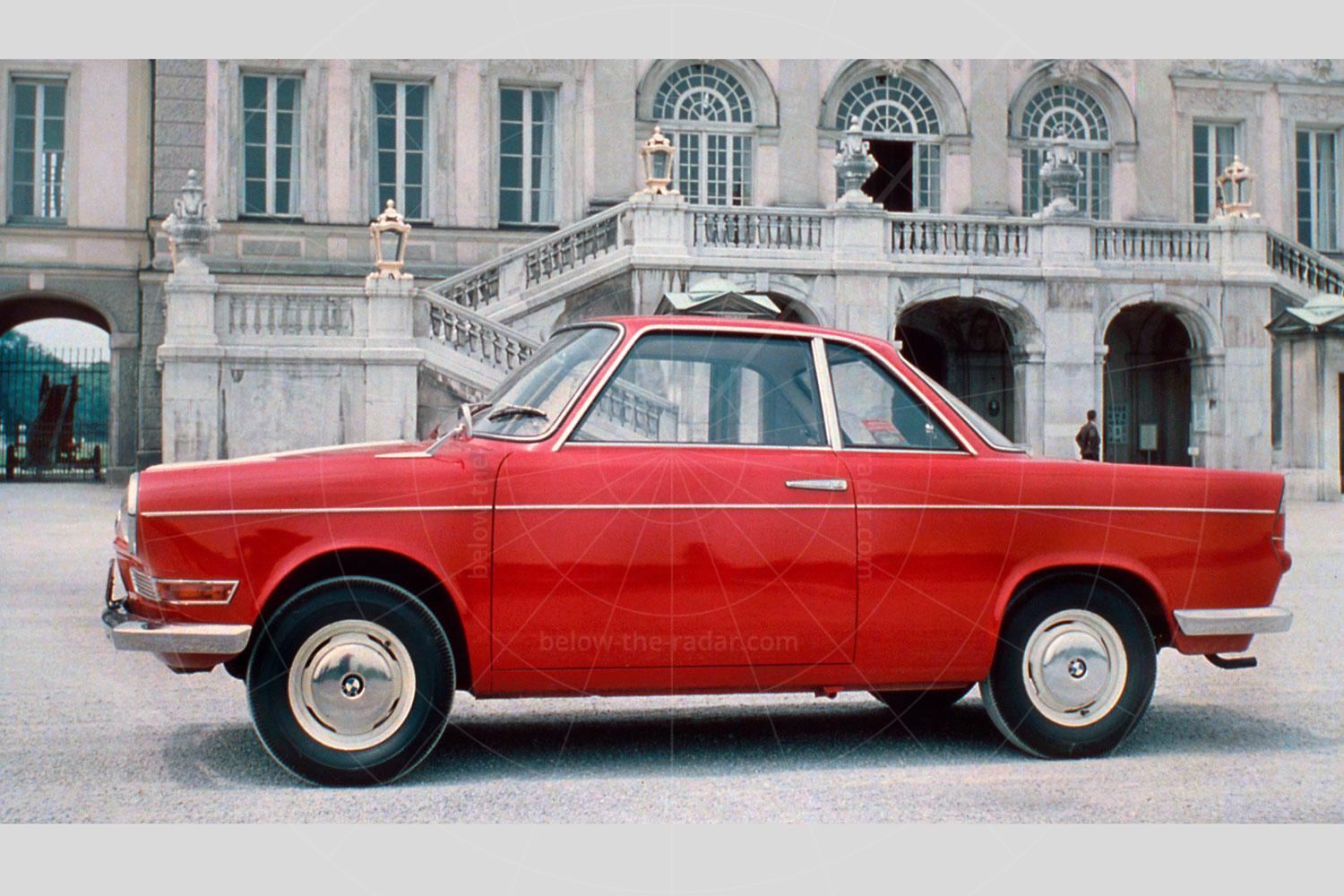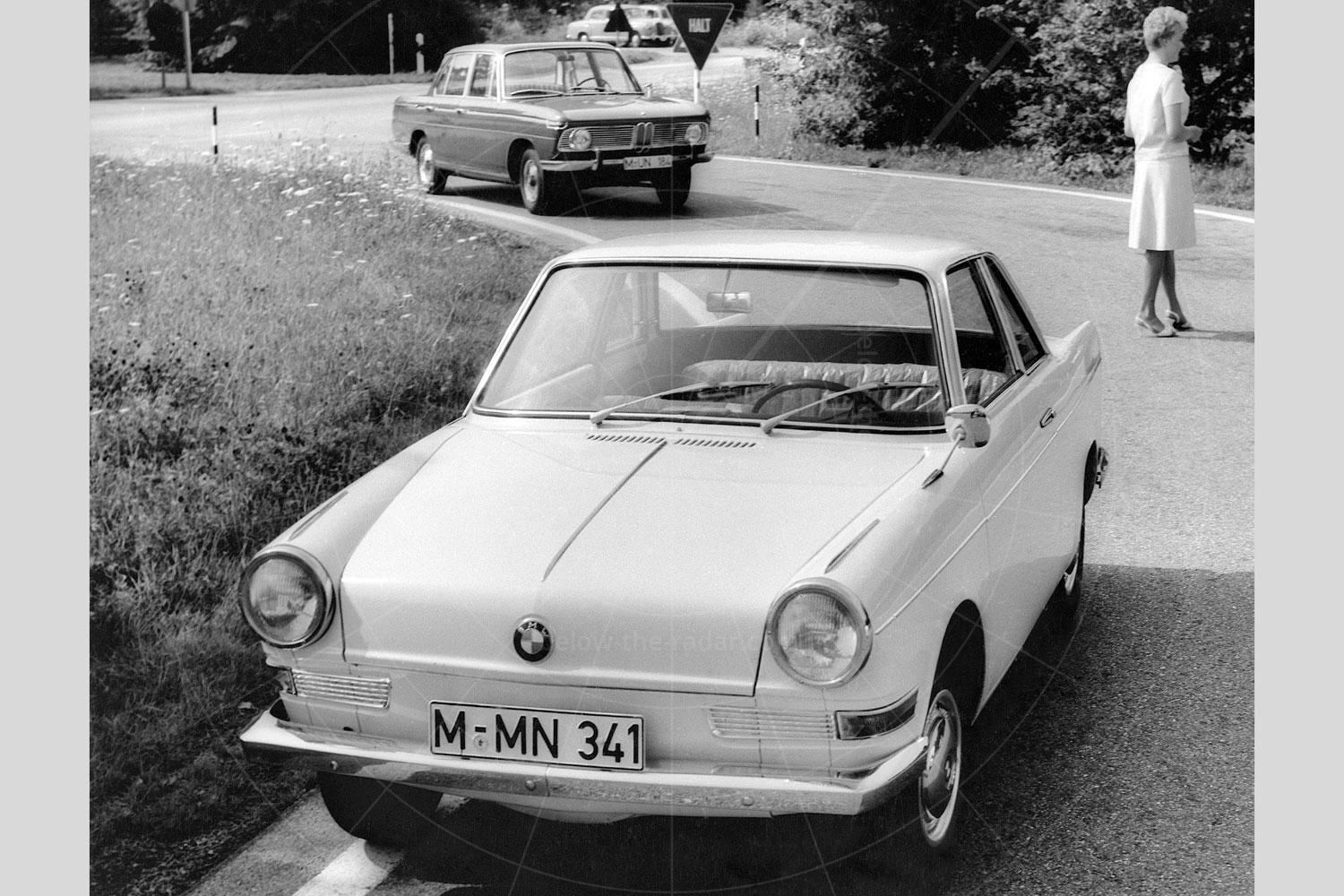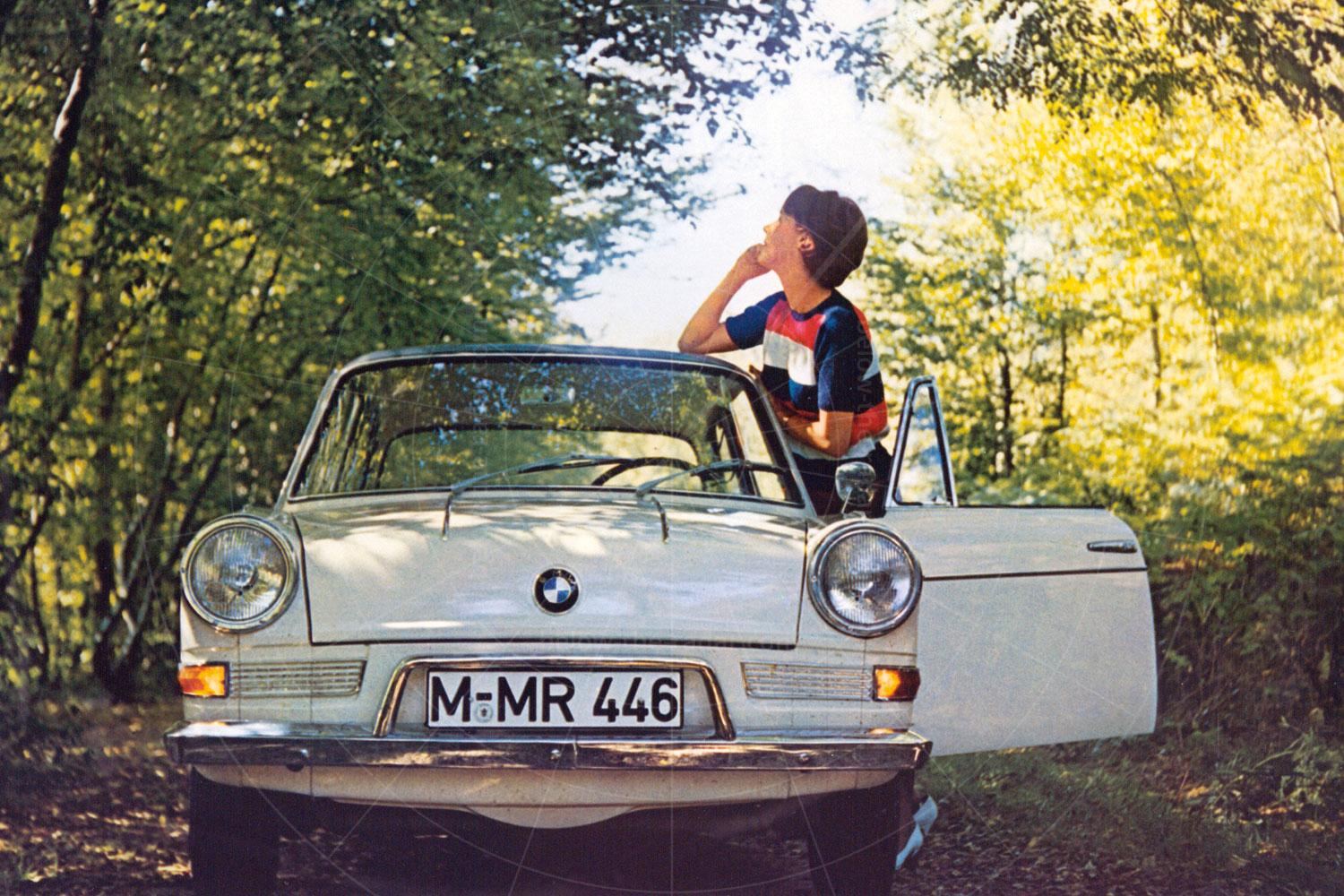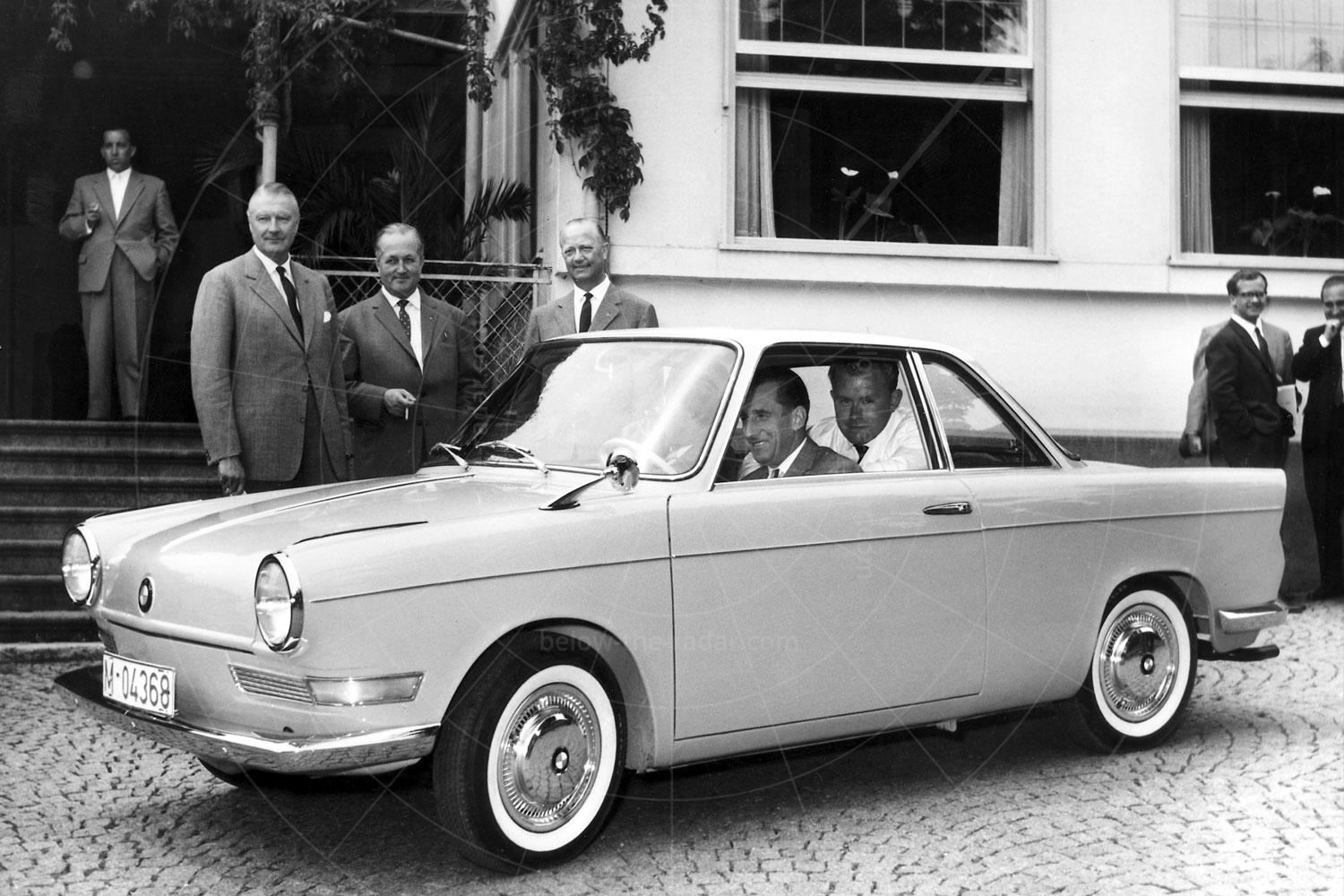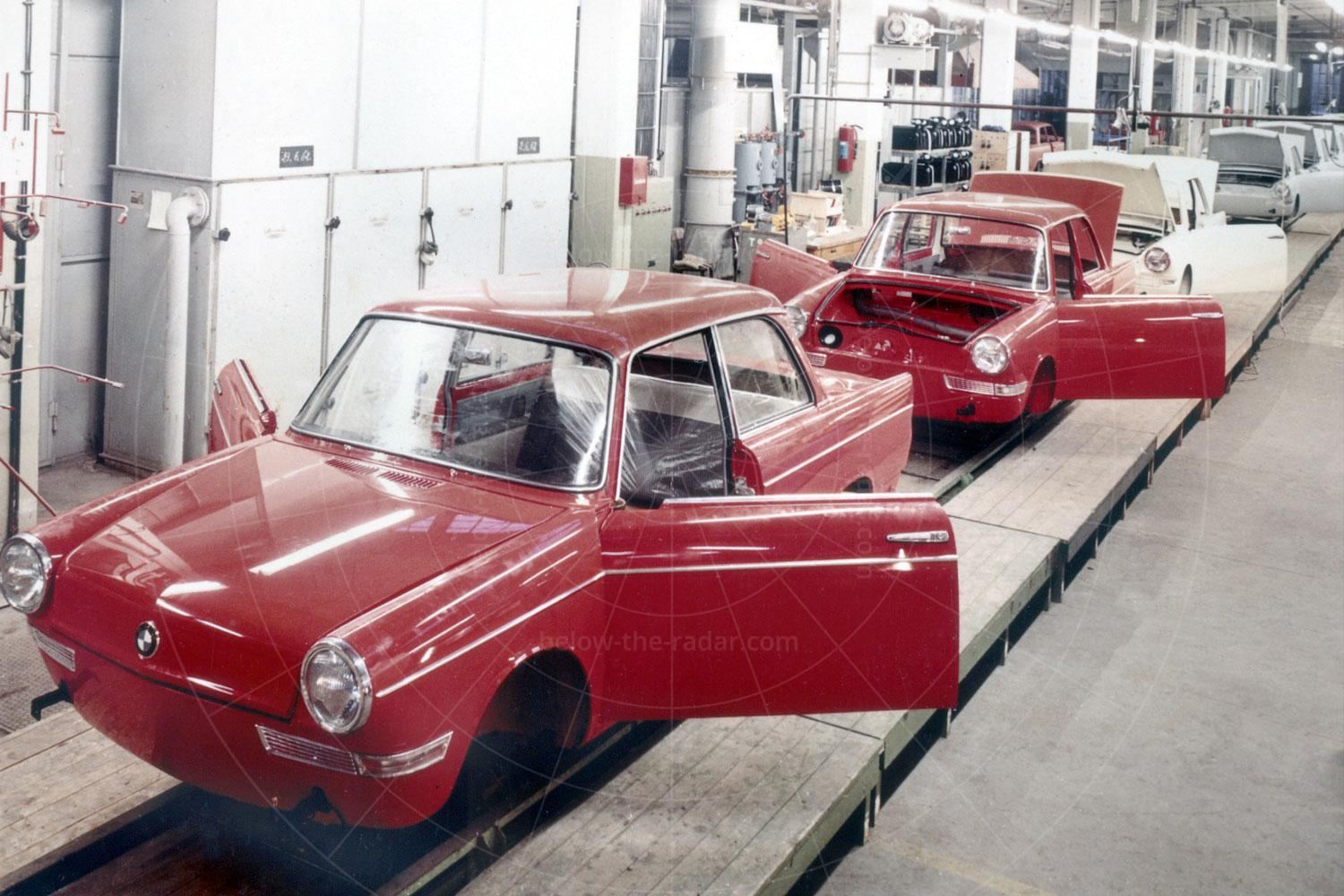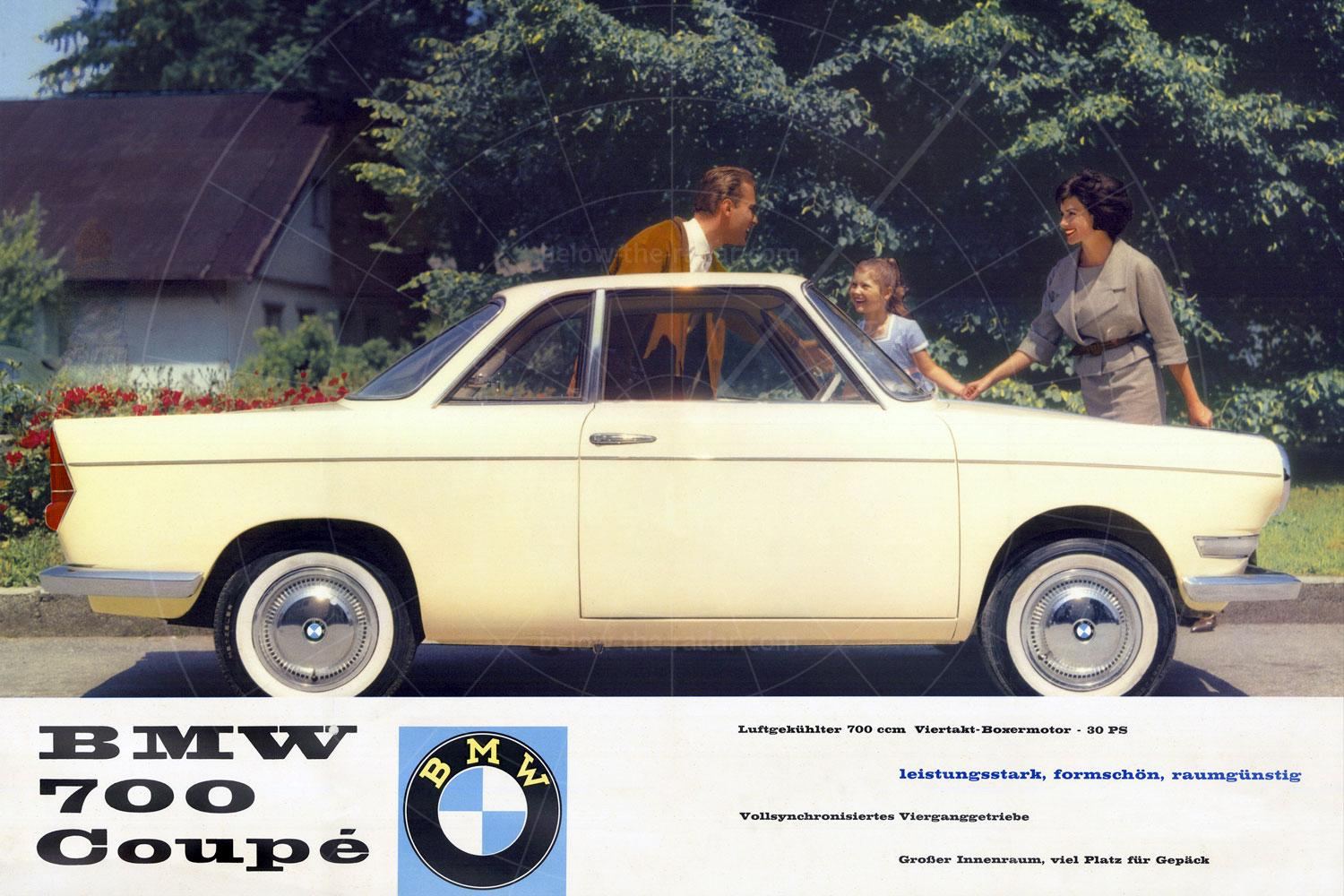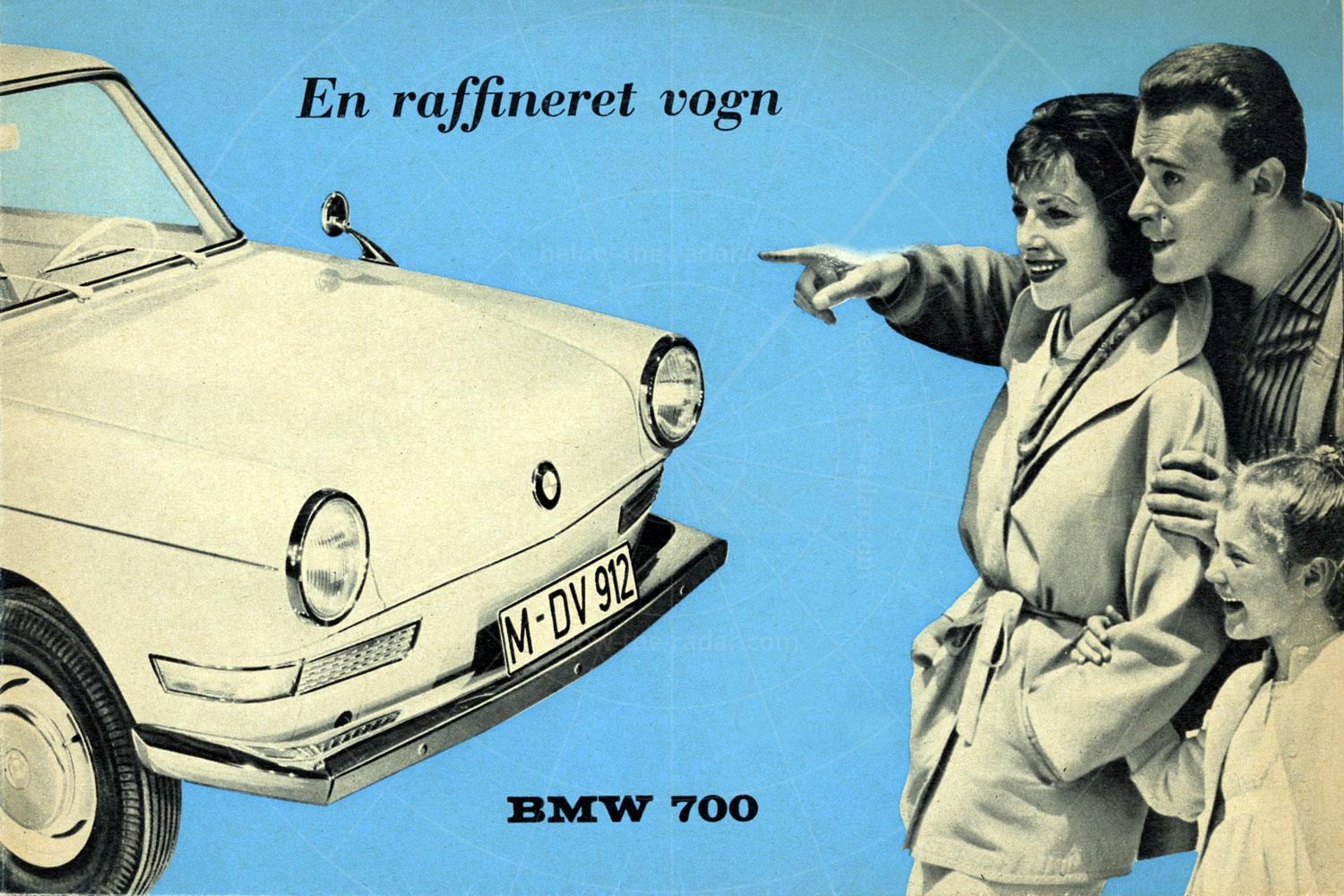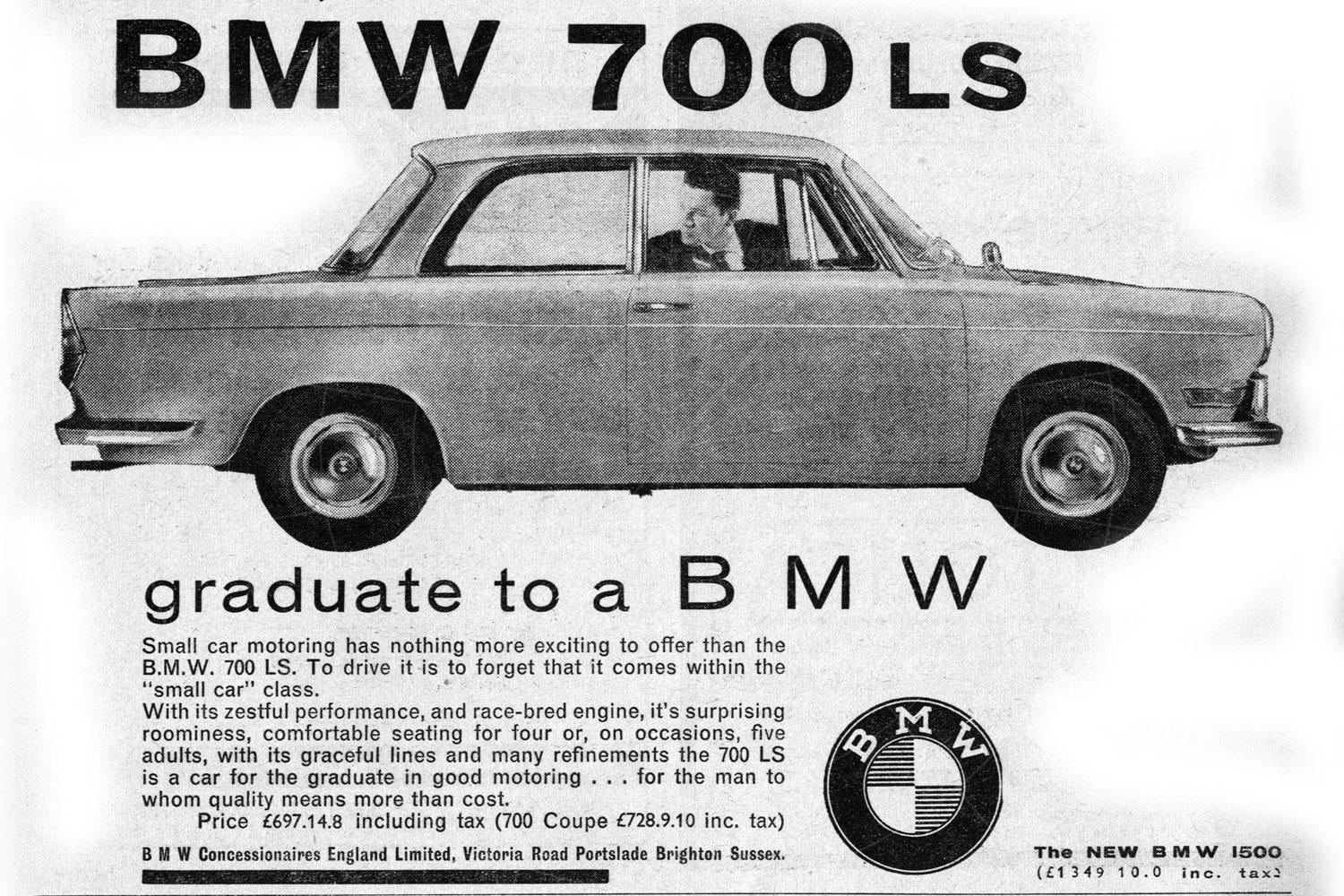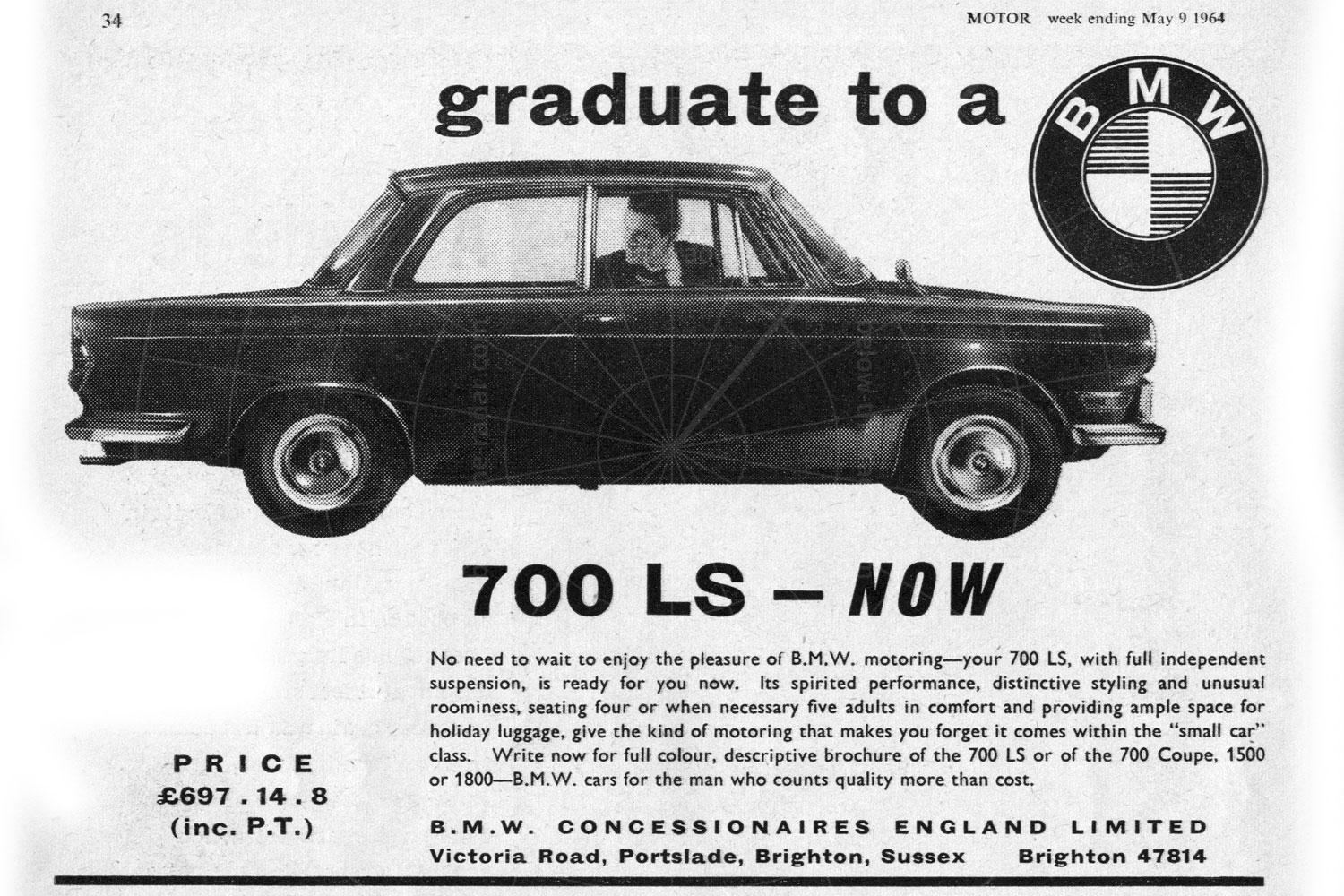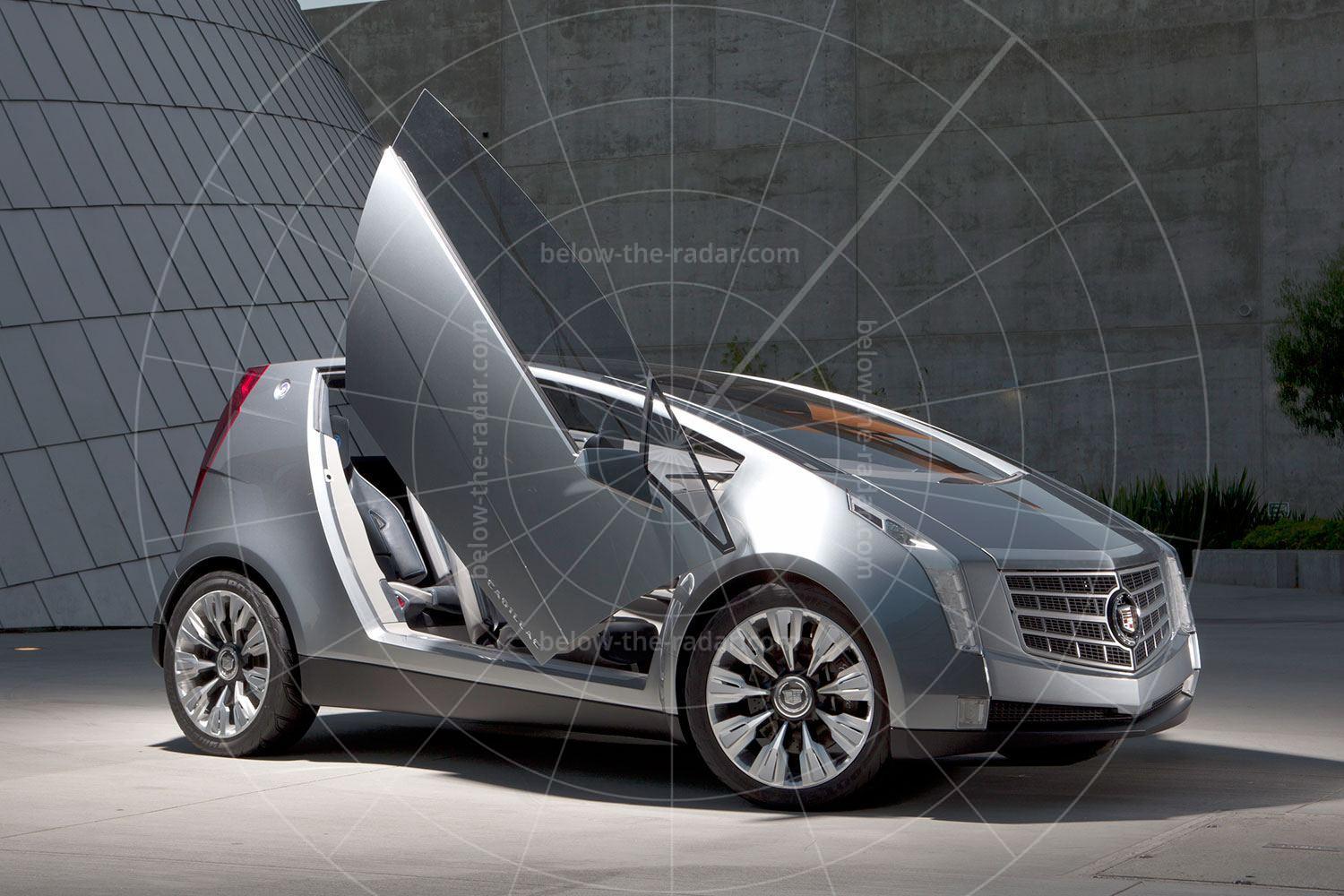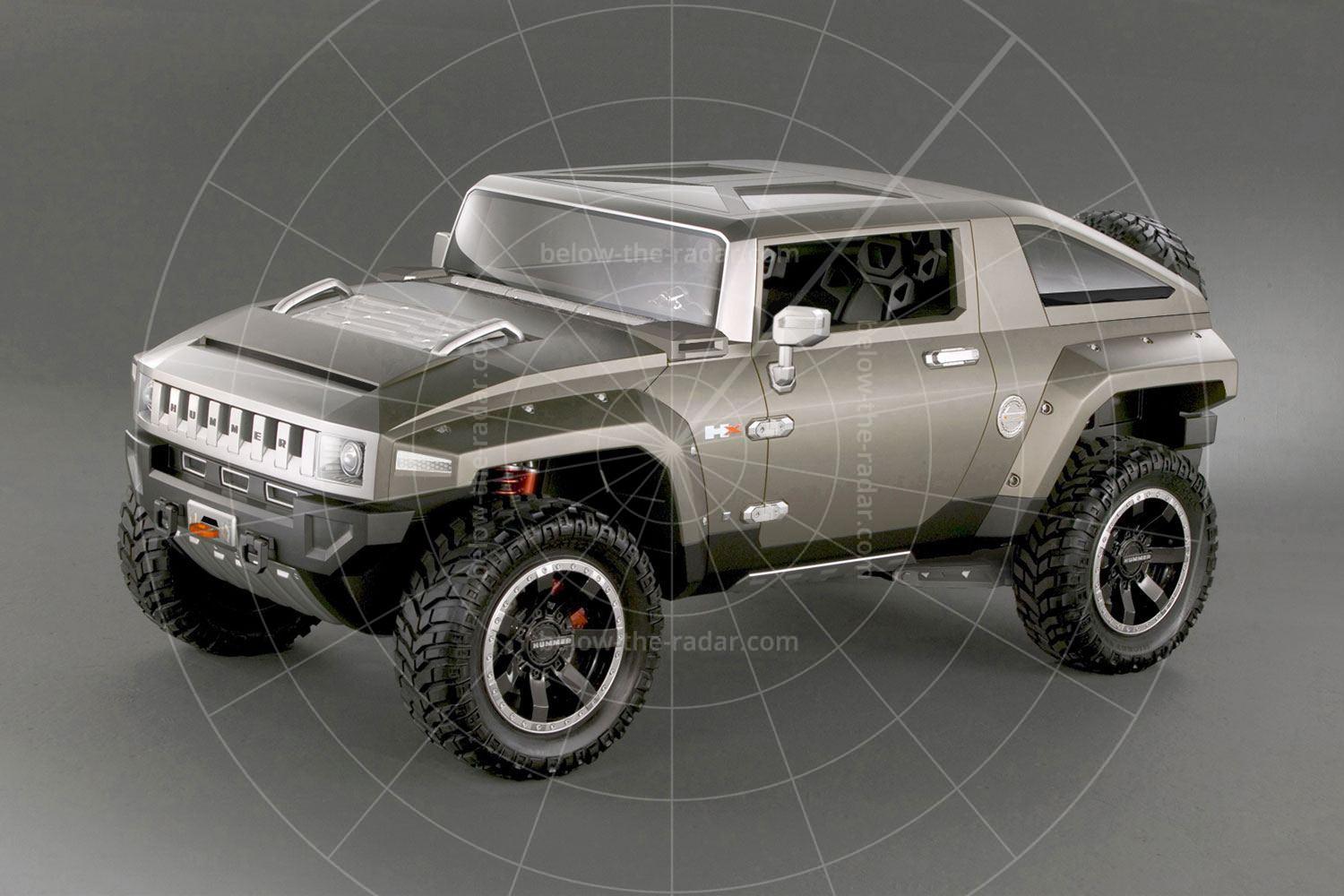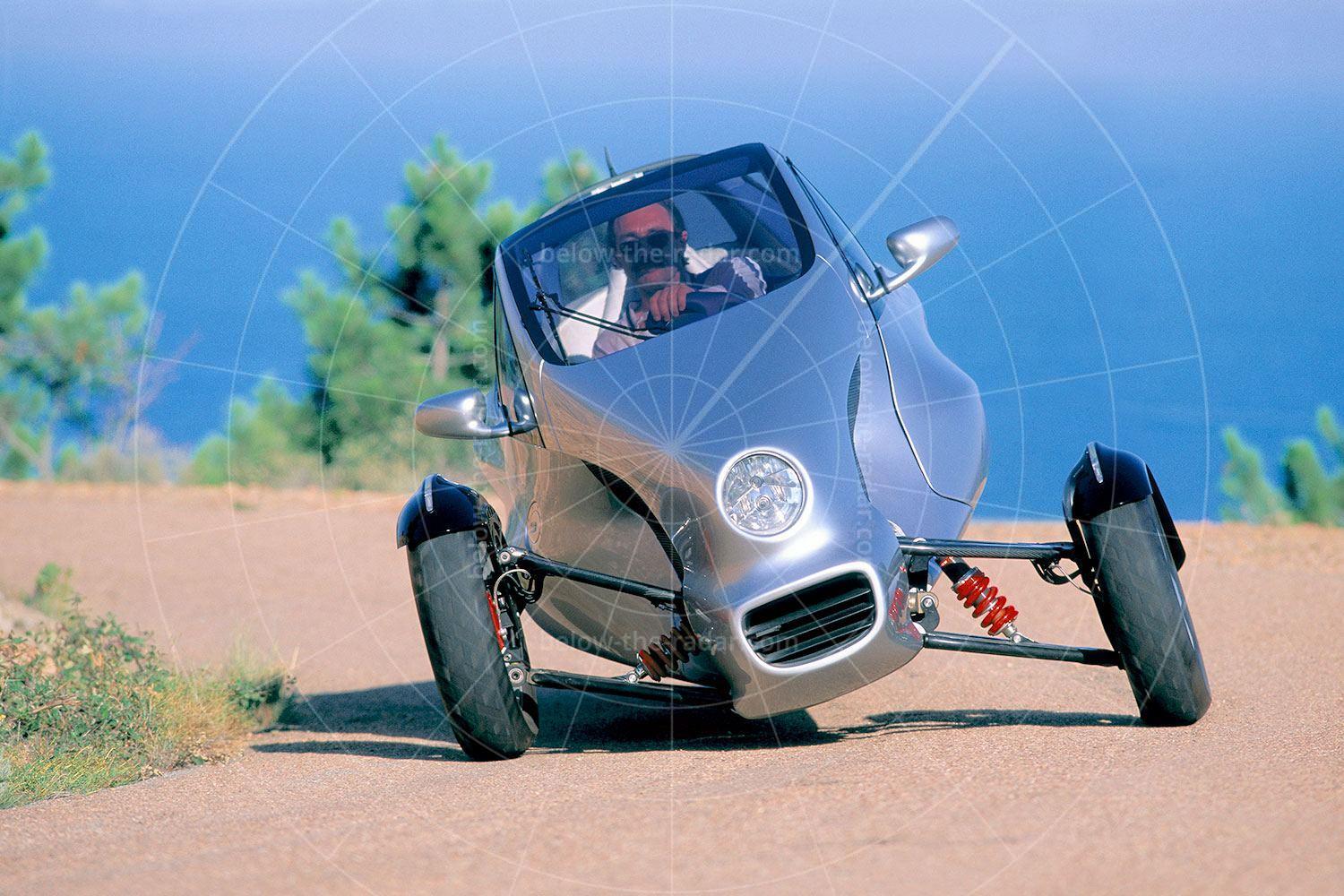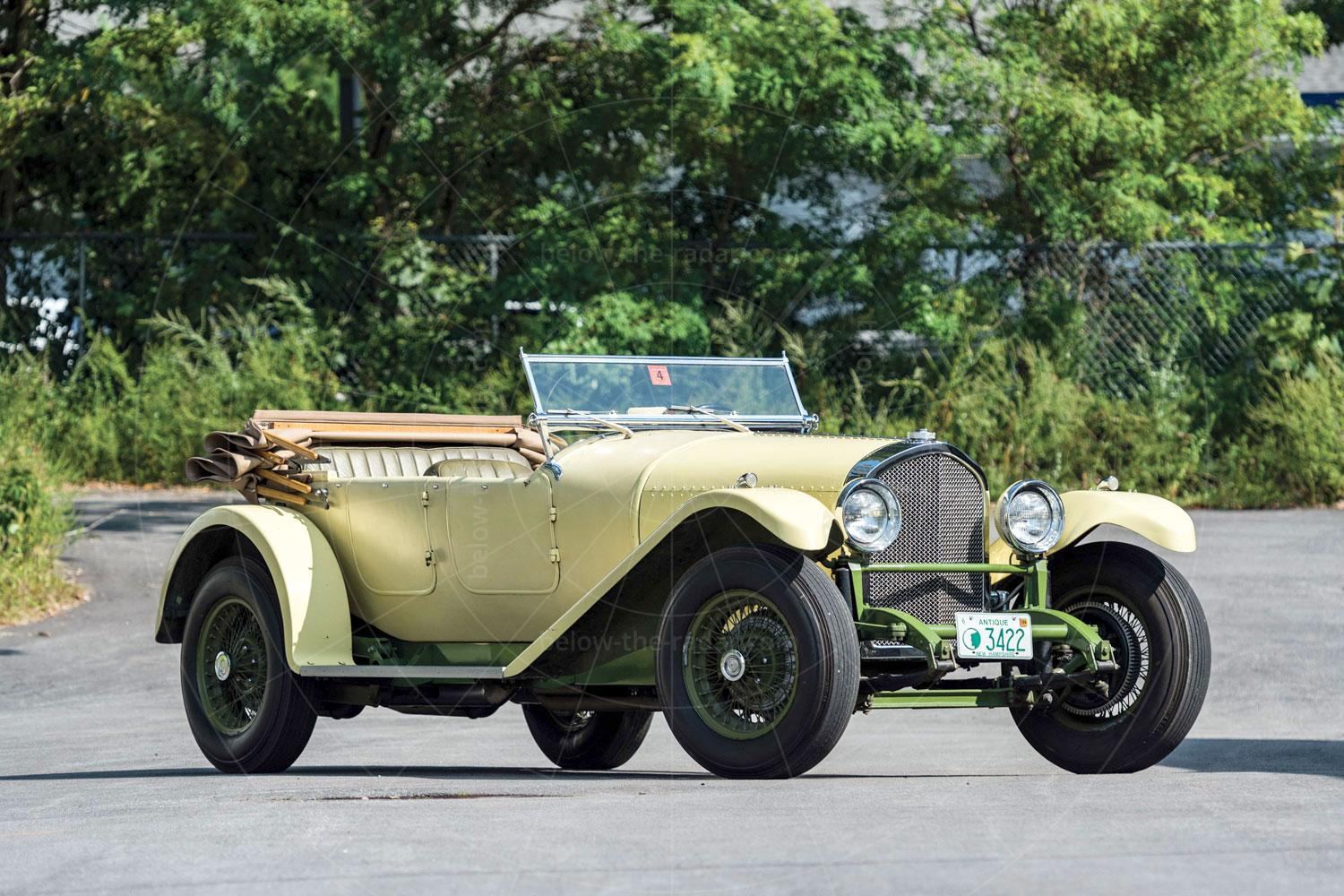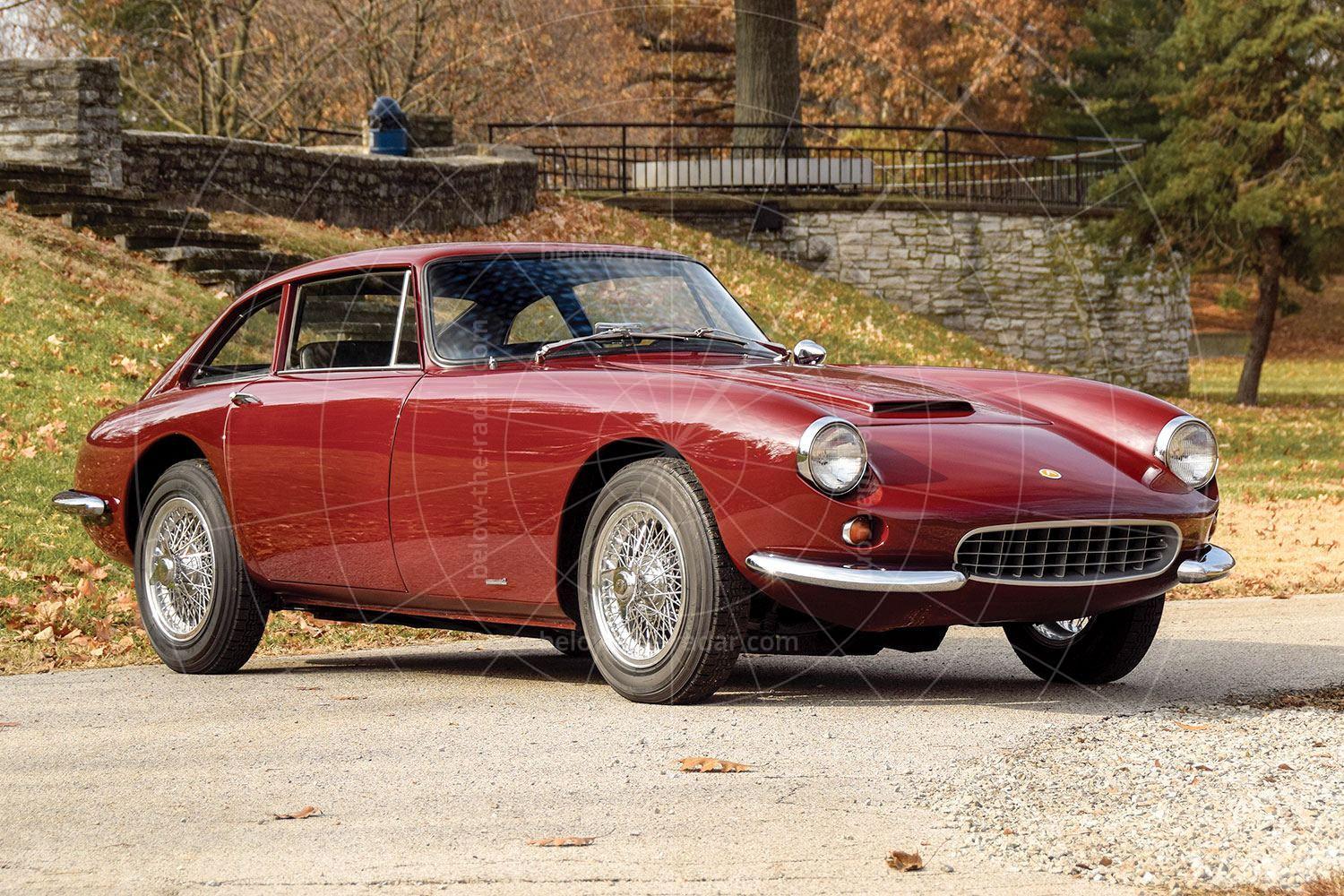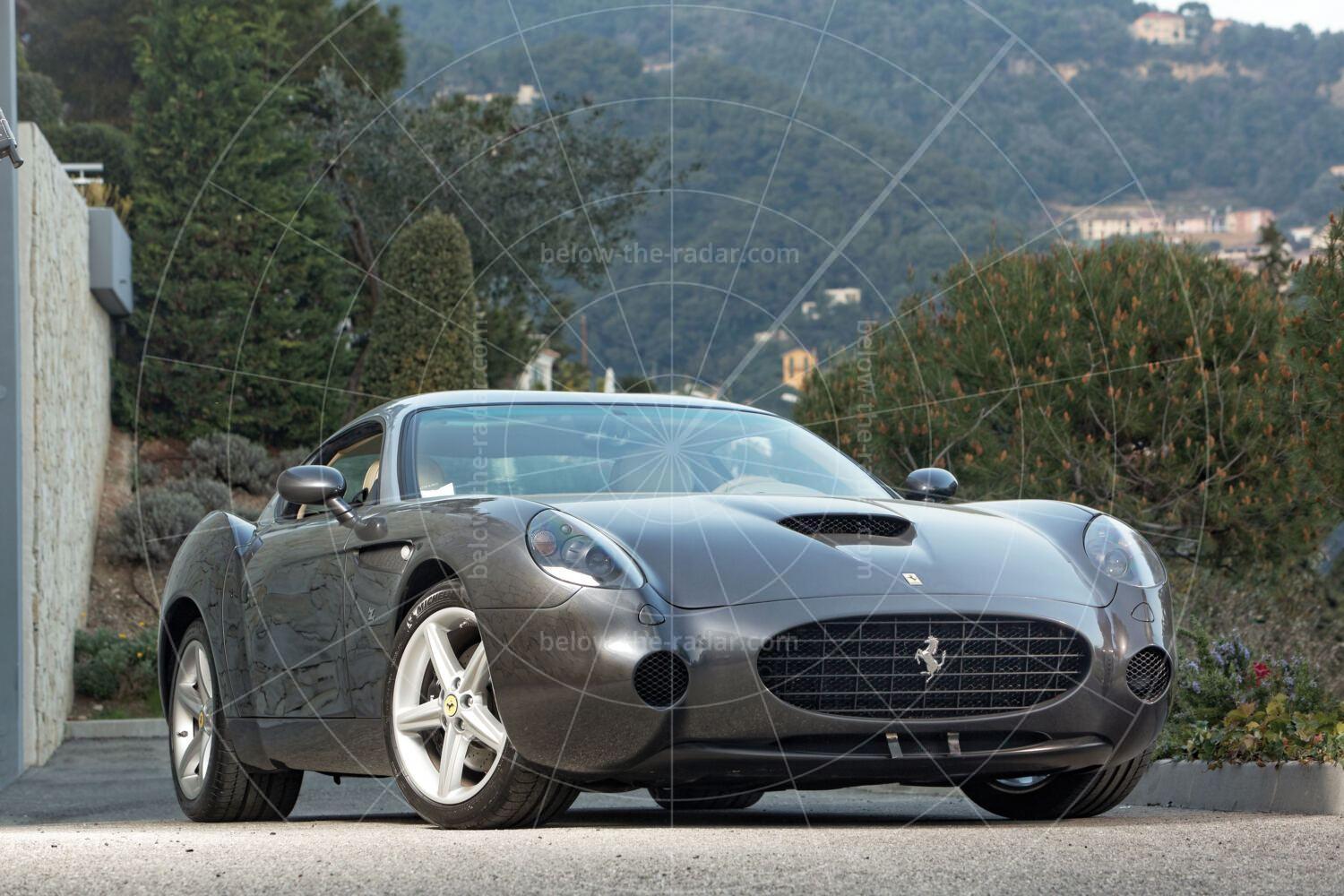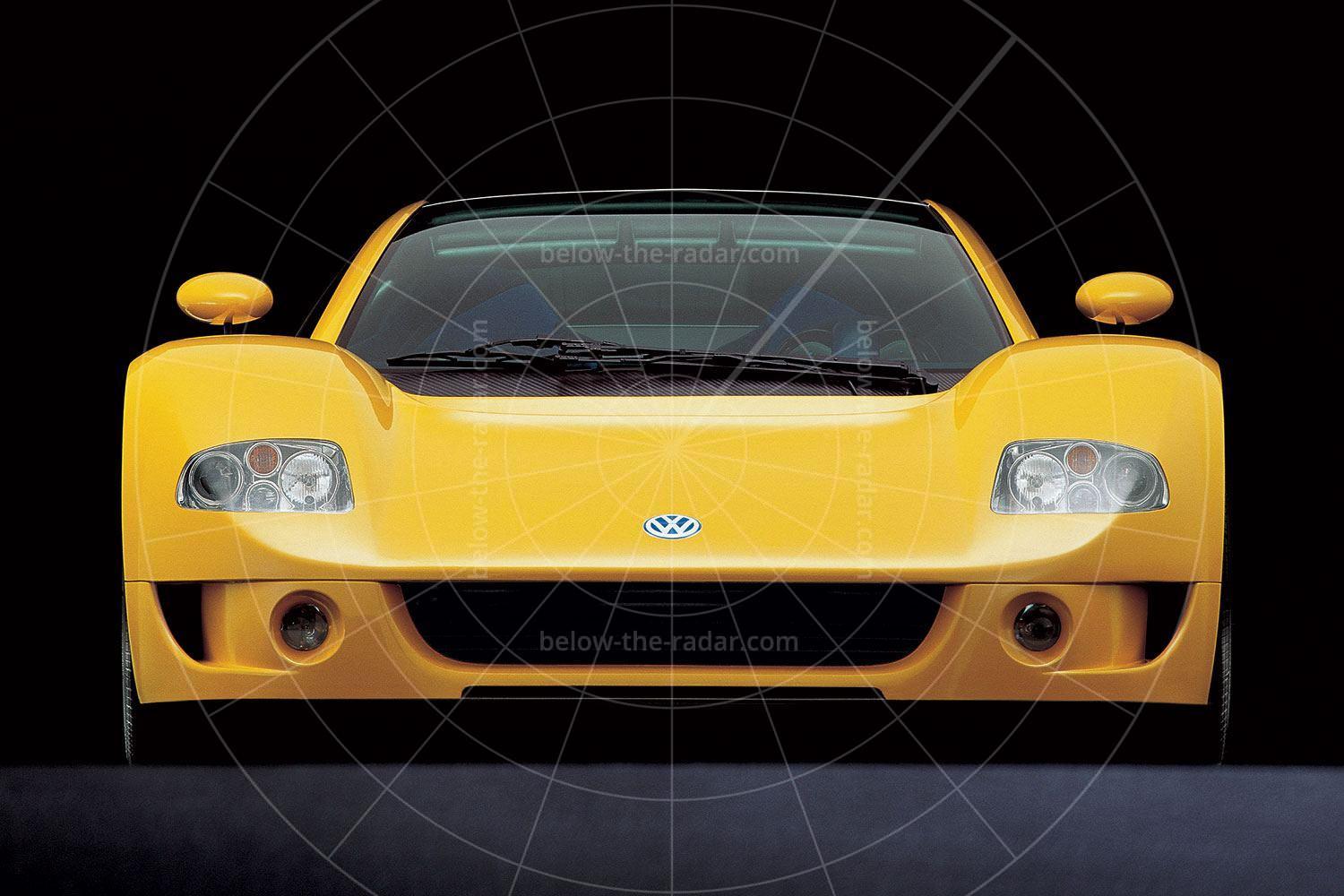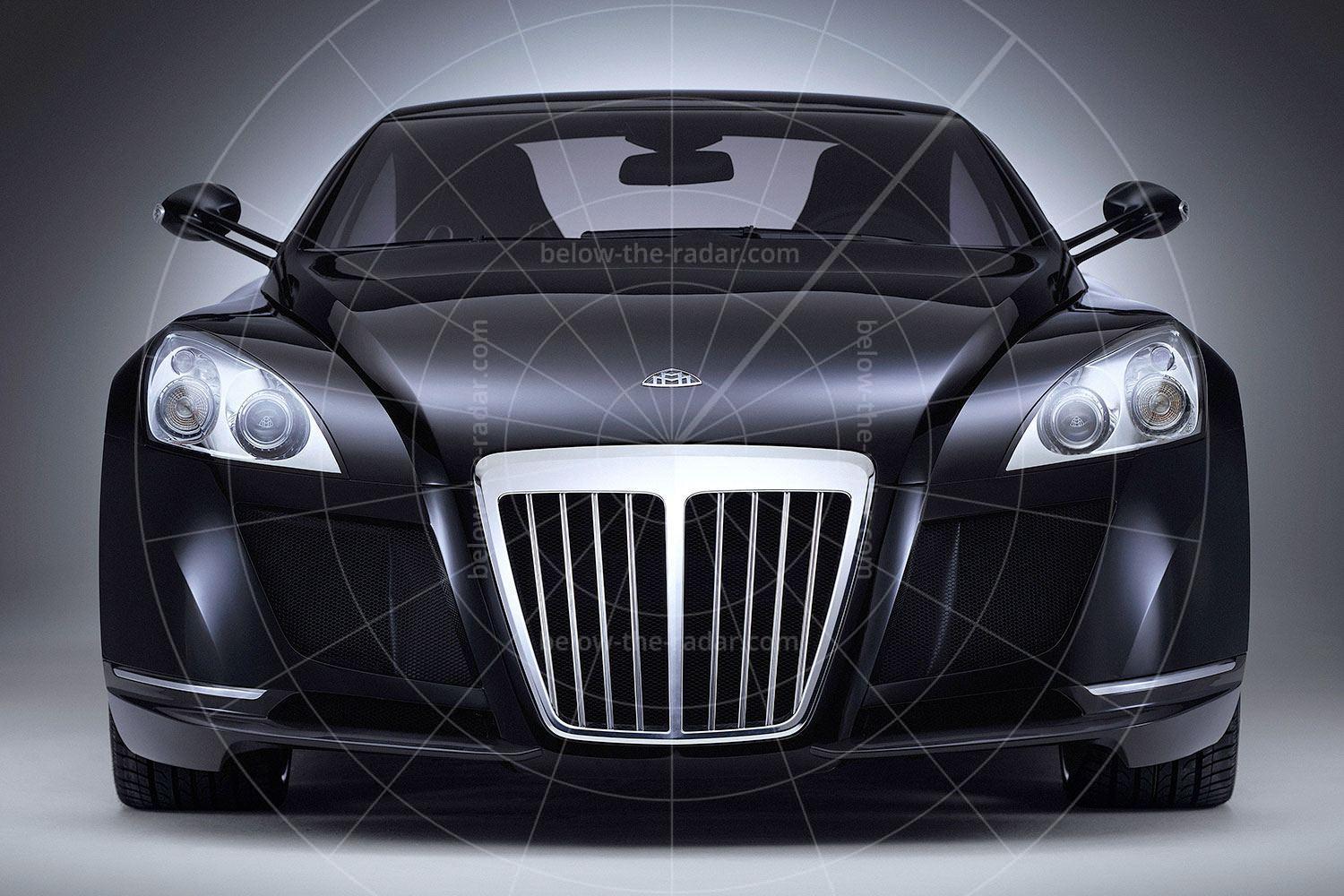In the late 1950s BMW was in trouble, with its luxurious 503 and 507 selling in tiny numbers, while its diminutive Isetta made virtually no money. Something between the two was needed – and fast. BMW's answer was an enlarged Isetta called the 600 which proved another failure; time was quickly running out.
Then BMW's Austrian importer Wolfgang Denzel said that if BMW was to survive, it should develop a small car using the 600's mechanicals, but with a far more appealing design. He approached Giovanni Michelotti, and commissioned him to design a small family car using an extended BMW 600 platform. The result was the 700, unveiled at the September 1959 Frankfurt motor show and powered by an enlarged version of the 600's two-cylinder air-cooled R67 motorcycle engine. Mounted in the rear, the 697cc twin was rated at 32bhp, which was enough to punt the BMW along at up to (a very buzzy) 75mph, with 0-60mph possible in 26 seconds or so. For those who wanted more, a 40bhp twin-carb high-compression Sport edition was offered from 1964, capable of 85mph.
Offered as a two-door saloon or coupé, the 700 captured buyers' imaginations and the orders came flooding in. The 700 was an easy sell for BMW salespeople, because although it was quite basic and the rear seats were cramped, it was superbly built. What sealed the deal for many buyers though, was the brilliant chassis, which made the driving experience far more enjoyable than most of the BMW's contemporaries. Crucial to this was the semi-trailing arm rear suspension that the 600 had pioneered. This was carried over to the 700, and every BMW would feature the same layout right into the 1990s. With a kerb weight of just 630kg, the 700 was also light, agile and nippy, and it wasn't long before it started to notch up victories in competition, upon which BMW capitalised, to garner more sales.
When The Motor tested a 700 in 1962, it summed up the pint-sized BMW as ‘A quiet small car with many big-car features’. Priced at £893 including purchase tax (or £612 without it), The Motor’s verdict ran: ‘Built in the land of autobahns, it is not surprising that the 700 saloon should exhibit characteristics which make it particularly suitable for motoring on open roads and rather less at home in towns. Apart from attractive appearance and good finish, its main virtues are a high cruising speed, above average acceleration through the gears, and comfortable suspension.’
While the 700 was a smash hit for BMW, very few were sold in the UK (it was offered with right-hand drive), and it's reckoned that no more than a couple of dozen are here now. Germany was the biggest market, followed by the US, which is why the vast majority of 700s were built with the steering wheel on the left. When the 700 was unveiled at the Frankfurt motor show, 15,000 orders were placed by Germans while the show was still running, and another 10,000 orders came in from the US. Within a year the 700 accounted for almost 60% of BMW's turnover, most of the rest being the Isetta which remained in production until 1962.
In 1961 BMW introduced a 700 cabriolet, although just 2592 of these were made from an overall 700 production run of 188,121. Crucially, the 700 was very profitable and it provided BMW with enough cash to develop the Neu Klasse saloon that would put the company on a sustainable path to success. That car was introduced in 1962, less than three years after it looked as though BMW would probably disappear forever. Had the 700 not been so successful, that's what would have happened, which now seems incredible.

